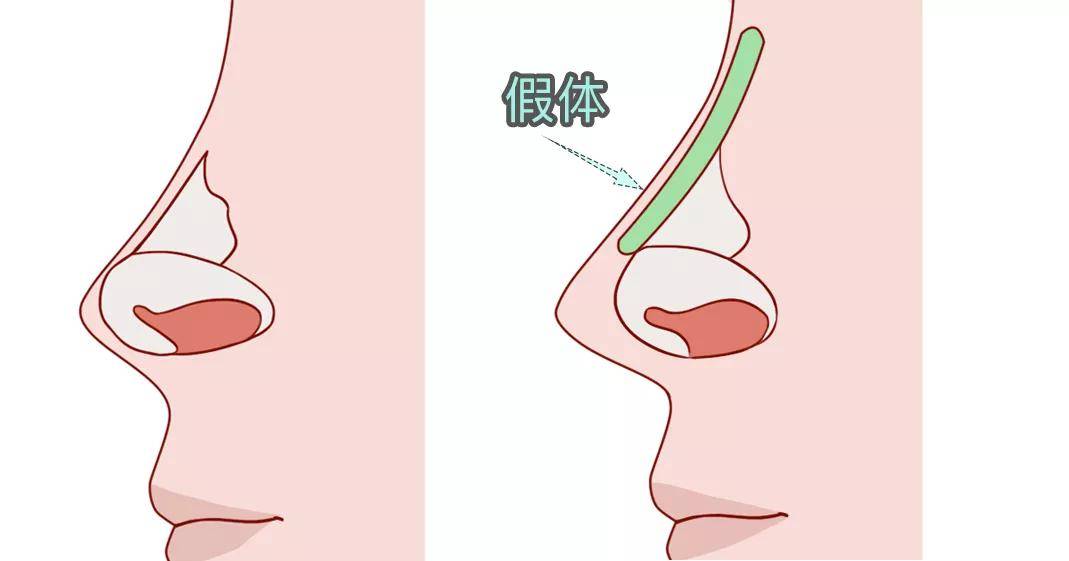Expanded material, also known as polytetrafluoroethylene: Polytetrafluoroethylene is resistant to high and low temperatures, has good chemical stability, corrosion resistance, and tissue compatibility, is non-toxic, non carcinogenic, and non teratogenic. Swelling material is a soft and microporous transplant material. The swollen body is elastic and flexible, with numerous fine pores formed by fine fibers, allowing it to bend freely. It has good blood compatibility and is resistant to biological aging. It is used to manufacture medical products such as artificial blood vessels and heart patches. From a medical perspective, it is currently an ideal biological tissue substitute. Due to its good biocompatibility and unique microporous structure, it is non-toxic, non carcinogenic, non allergenic and other side effects. In addition, human tissue cells and blood vessels can grow into its micropores to form tissue connections, just like autologous tissue.
Disadvantages and misconceptions of bulky materials:
1. The microporous structure on the surface of the swelling material is the main reason for the relatively high infection rate after implantation, and it is also the main argument that the swelling material has been questioned. In fact, the special structure of the swollen body requires higher technical skills from doctors. Strict aseptic operation habits must be developed during the various processes and operations of dressing change and suture removal during and after surgery, and bacteria should not be considered as introduced during these operations.
2. The commercial products of swollen bodies are generally in the form of strips and blocks, unlike silicone which has so many choices of shapes and models, which puts higher demands on doctors' carving skills and aesthetics. In fact, there is no problem with the swelling material itself, it is just that the swelling material has extremely high requirements for doctors.
3. It is difficult to remove the swollen body. After more than one month of implantation of the swelling material, as long as the implantation level is correct, it will generally be well fixed in the expected area, which is the advantage of the swelling material itself. However, everything has two sides. After fixing the swollen prosthesis, if the shape is unsatisfactory or there are signs of infection that need to be removed, it will be much more troublesome than silicone. Regarding this issue, a professional nose plastic surgeon would consider that before any nose plastic surgery is performed, the doctor and the seeker should have sufficient communication and reach a consensus that the development of the surgical plan should take into account both functionality and appearance, as well as the durability of the plan. The tissue growth on the surface of the swollen body is an observation result at the microscopic level, which is the embedding of nanoscale microstructures. Experienced doctors will strictly adhere to the surface of the swollen body for peeling, which is more precise and meticulous rather than simple and rough. After removing the swollen body, the normal tissue thickness hardly changes, and there will be no thick and hard scars
or capsules left like silicone gel. Click to view the image source

